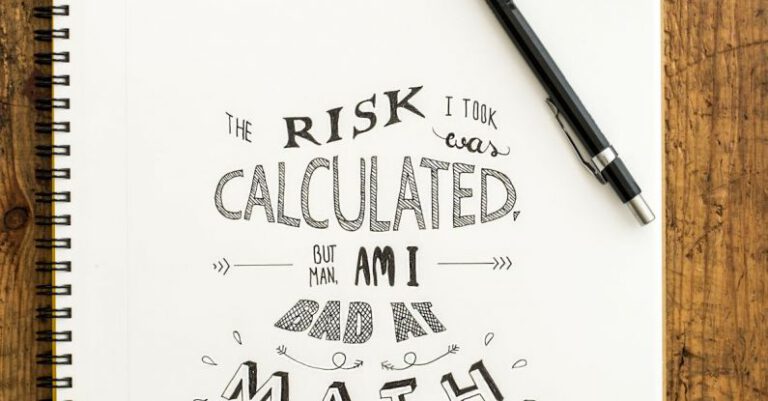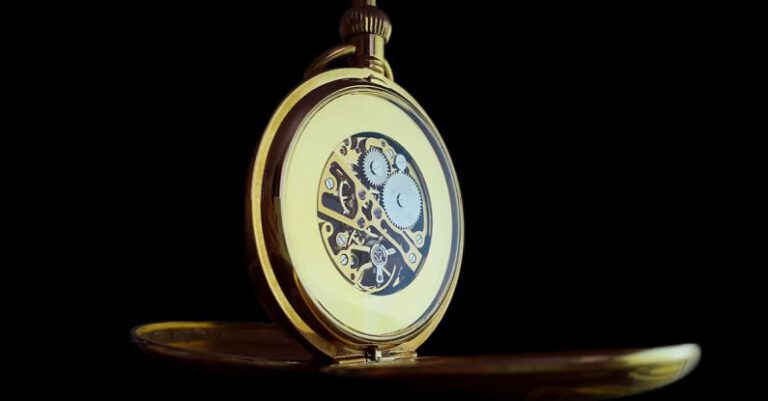
Over the past few years, the art world has witnessed a significant shift with the rise of Non-Fungible Tokens (NFTs). These digital assets have revolutionized the way art is created, bought, and sold, leading to both excitement and skepticism within the industry. In this article, we will explore how NFTs are impacting the art world and what implications they hold for artists, collectors, and the market as a whole.
The Concept of NFTs and Their Role in Art
Non-Fungible Tokens are unique digital assets that represent ownership of a specific item or piece of content using blockchain technology. In the art world, NFTs have enabled artists to tokenize their work, providing a secure and transparent way to verify authenticity and ownership. This has opened up new avenues for artists to monetize their creations directly, bypassing traditional galleries and auction houses.
Empowering Artists and Redefining Ownership
One of the most significant impacts of NFTs on the art world is the empowerment of artists. By minting their work as NFTs, artists can retain more control over their creations, set their own prices, and receive a larger share of the profits from sales. This direct relationship between artists and collectors has the potential to reshape the dynamics of the art market, giving emerging artists a platform to showcase their work without the need for intermediaries.
Creating a Digital Renaissance
NFTs have sparked a digital renaissance, blurring the lines between traditional and digital art forms. Artists are now exploring new mediums and techniques to create immersive and interactive experiences that can be tokenized as NFTs. This fusion of art and technology is attracting a new generation of collectors who are drawn to the unique and innovative nature of digital art.
Challenges and Controversies
While NFTs have brought about exciting possibilities for artists and collectors, they have also raised concerns within the art world. One of the main criticisms is the environmental impact of blockchain technology used to create and trade NFTs. The energy consumption associated with minting and trading NFTs has led to debates about sustainability and the carbon footprint of digital art.
Market Speculation and Bubble Fears
The rapid rise of NFTs has led to a surge in market speculation, with some artworks selling for exorbitant prices only to see their value plummet shortly after. This has sparked fears of a bubble in the NFT market, reminiscent of past speculative frenzies in the art world. Critics argue that the hype surrounding NFTs is unsustainable and could lead to a market crash if not properly regulated.
Innovations in Collecting and Displaying Art
NFTs have also brought innovations in how art is collected and displayed. Digital art collectors can now showcase their NFT collections in virtual galleries and online platforms, creating new opportunities for artists to reach a global audience. These virtual spaces offer a dynamic and interactive way to experience art, breaking free from the constraints of physical galleries.
The Future of NFTs in the Art World
As NFTs continue to make waves in the art world, their long-term impact remains uncertain. While some see them as a game-changer that democratizes the art market and empowers artists, others view them as a passing fad driven by hype and speculation. The challenge moving forward will be to find a balance between innovation and sustainability, ensuring that NFTs can coexist harmoniously with traditional art forms.
In conclusion, the rise of NFTs has undoubtedly disrupted the art world, sparking conversations about ownership, authenticity, and the future of creativity. Whether NFTs are here to stay or just a passing trend, their influence on the art market is undeniable, forcing industry stakeholders to adapt to a new era of digital art and collectibles. The true impact of NFTs on the art world is yet to be fully realized, but one thing is certain – they have opened up a world of possibilities for artists and collectors alike.





